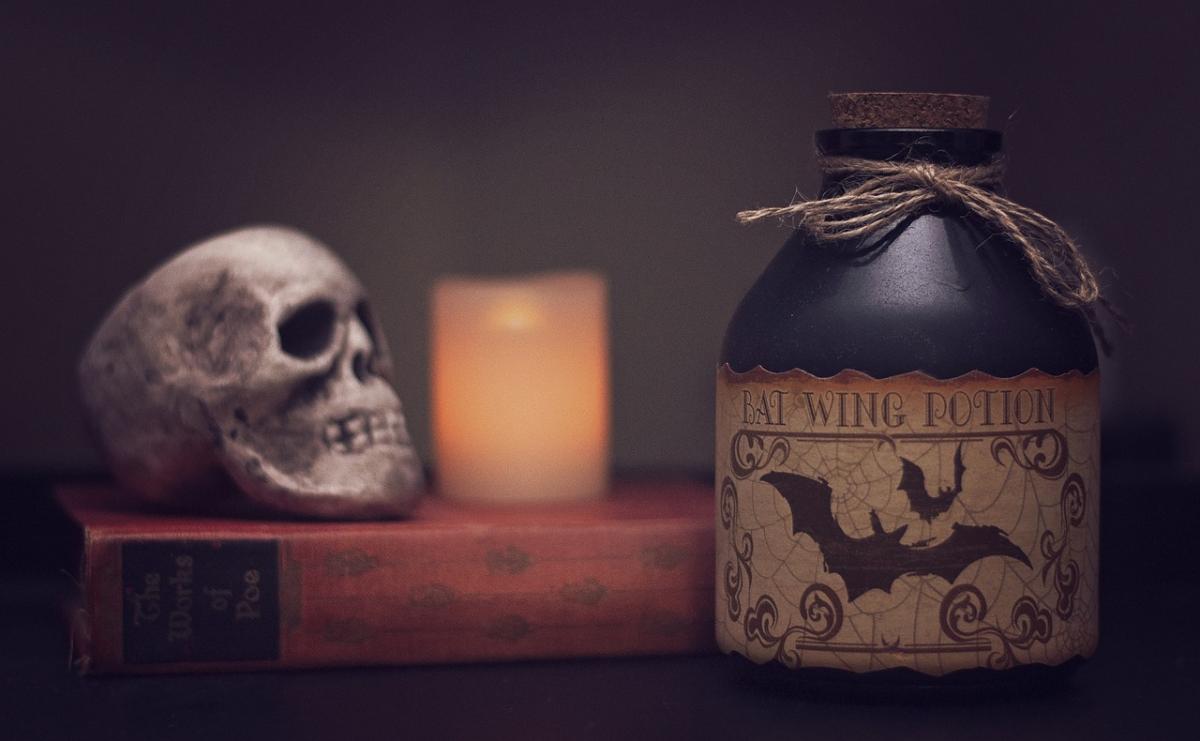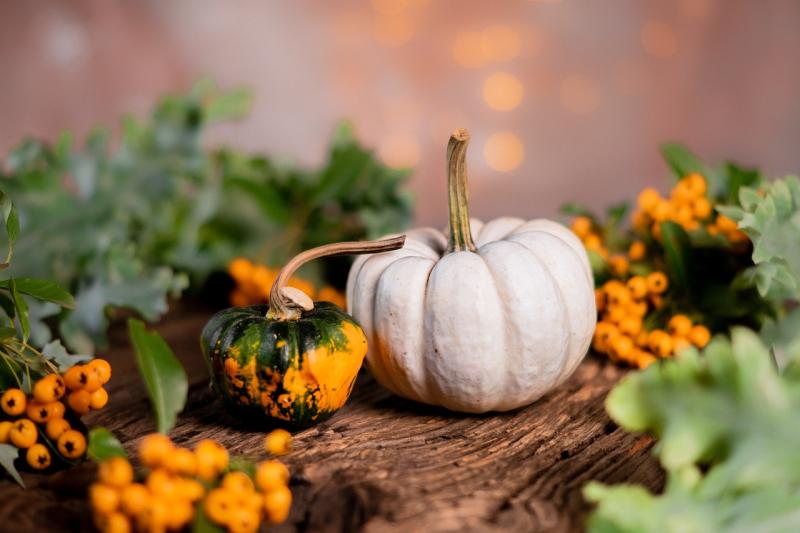Halloween has roots that go way back, connecting us to ancient festivals filled with mystery and celebration. The most notable is the Celtic festival of Samhain, marking the end of the harvest season and the start of winter. People believed that on the night of October 31, the boundary between our world and the spirit world thinned out. Talk about a spooky thought!
During Samhain, folks would light bonfires and wear costumes, not just for fun but to ward off wandering spirits. They thought that dressing up like ghouls would confuse any lost souls looking for trouble. This night was all about honoring ancestors and preparing for the colder months, making it a unique blend of festivity and reverence.
Another festival that influenced Halloween is the Roman feast of Pomona, the goddess of fruit and trees. Celebrating the harvest, this festival brought in new traditions. Apples became a central symbol, leading to the fun bobbing games we enjoy today! It’s funny how a simple fruit can connect us back to ancient customs.
As these old traditions mingled over the centuries, they evolved into what we now know as Halloween. From the spooky jack-o'-lanterns to the playful trick-or-treating, this day is filled with echoes of the past. It’s amazing to think that while we carve pumpkins and dress up, we're also honoring those ancient festivals in our own fun way.
The Connection to Samhain Traditions
When you think of Halloween, spooky decorations and candy probably come to mind first. But there's a deeper connection to ancient traditions, particularly the festival of Samhain. This Celtic celebration marked the end of the harvest season and the beginning of winter, with an emphasis on connecting with the spirits of the deceased.
During Samhain, people believed that the veil between the living and the dead was at its thinnest. They would light bonfires and wear costumes to ward off wandering spirits. It might sound familiar—those customs evolved into our modern-day Halloween celebrations. The idea of dressing up and trick-or-treating has its roots in these ancient practices.
In addition to honoring spirits, Samhain was a time for feasting and gathering. Families would set a place at the table for departed loved ones, believing they would join them in spirit. This act of remembrance eventually transitioned into our Halloween gatherings and festive meals. Sharing stories of those we've lost adds a meaningful layer to our contemporary celebrations.
How All Hallows' Eve Evolved
Halloween has come a long way from its ancient beginnings. It started as Samhain, a festival celebrated by the Celts over 2,000 years ago. This time of year marked the end of the harvest season and the beginning of winter. Folks believed that on the night of October 31st, the boundary between the living and the dead became blurred, allowing spirits to roam the earth.
During Samhain, people would light bonfires and wear costumes to ward off these wandering spirits. They feared that the souls of their ancestors might return to cause trouble or even seek revenge. So, they found ways to keep themselves safe while embracing the chance to connect with their loved ones who had passed on.
Once the Romans came onto the scene, they added their own festive touches. They celebrated Feralia, a day in late October when they honored the dead, and Pomona, the goddess of fruit and trees. This blend of traditions started to shape the modern holiday we know today. Over time, the name "All Hallows' Eve" surfaced, which later morphed into Halloween.
When Irish immigrants brought these traditions to America in the 19th century, things really took off. People began to embrace the spooky aspects of Halloween, from trick-or-treating to pumpkin carving. The holiday evolved into a fun way for communities to come together, celebrate, and enjoy some good-natured scares.
Frightening Folklore and Myths Explained
Halloween has some seriously spooky roots! It all kicks off with the ancient Celtic festival of Samhain. This event marked the end of the harvest season and the onset of winter. People believed that on the night of Samhain, the line between the living and the dead blurred. They thought ghosts could roam the earth, so they lit bonfires and wore costumes to ward off any wandering spirits.
As time passed, different cultures added their own twists. In medieval Europe, people celebrated All Hallows' Eve on October 31st, a night for remembering saints and the departed. The name eventually morphed into Halloween. They came up with fun rituals, like "souling," where folks would go door to door asking for treats in exchange for prayers for the dead. Sound familiar?
Then there's the tale of Jack-o'-lanterns. Legend has it that a guy named Stingy Jack tricked the devil and was doomed to wander the earth with only a carved turnip to light his way. Folks started carving their own lanterns from pumpkins to scare off Jack and other spirits. Today, those glowing pumpkins are a Halloween staple!
These myths and stories didn’t just pop up overnight. They evolved through centuries, blending traditions from various cultures. Whether you’re dressing up as a ghost, a witch, or some other creepy character, you’re participating in a long history of honoring the spooky side of life. Halloween is all about embracing those tales, even if they give you a little chill!



